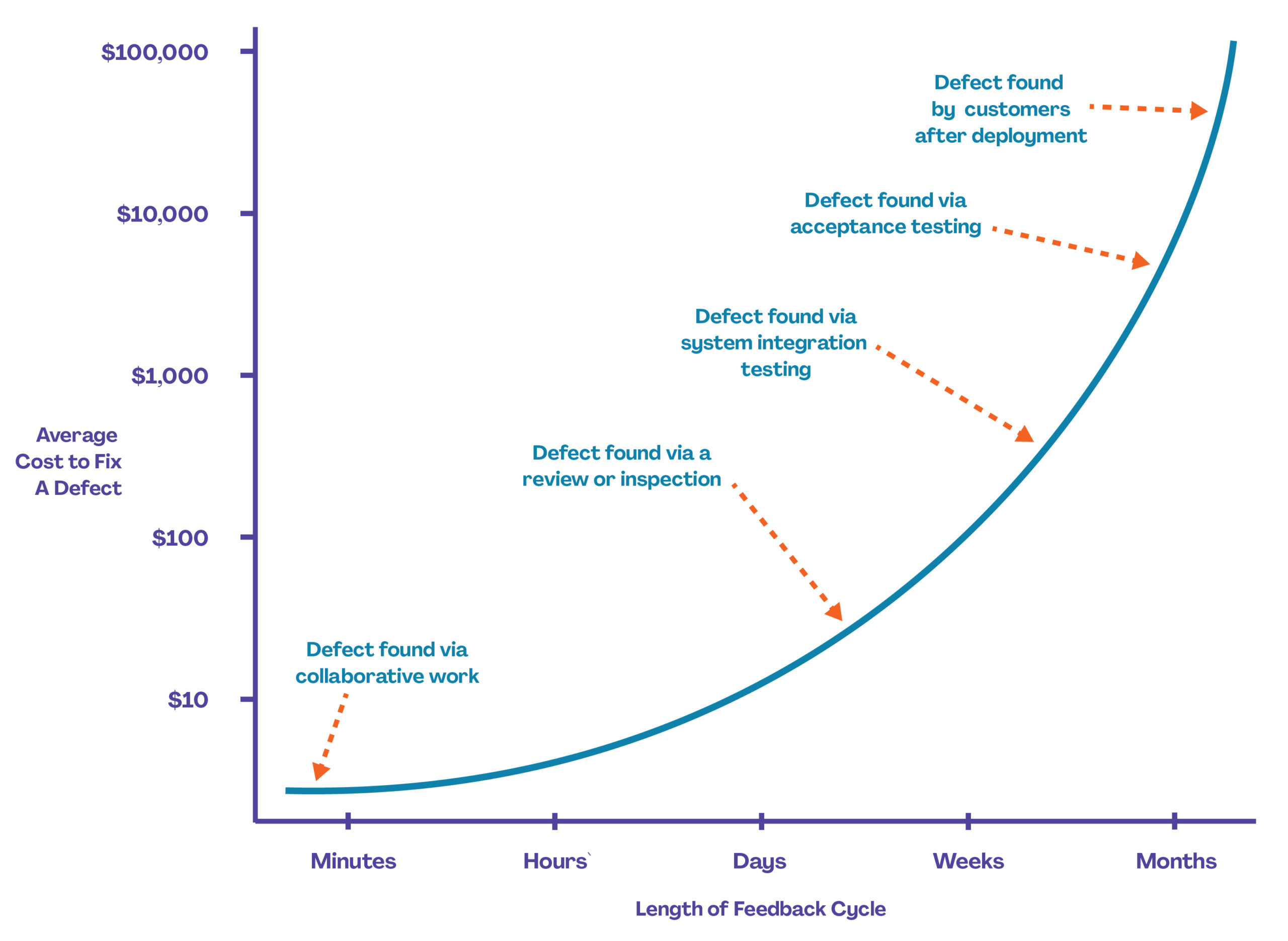We’re all familiar with the challenges of technical debt. While it’s often unavoidable–due to time constraints, resource considerations or simply a lack of good information–it still weighs on our minds and puts us on the defensive. It makes future changes that much more difficult. As it builds up, it generates that nagging sense of an unpaid bill that’s accumulated interest and is about to come due.
But, perhaps, the most challenging aspect of technical debt is simply this: getting senior business leaders to understand what it is and convincing them to do something about it.
There are many reasons we’re not getting through. Management is often under significant pressure to deliver results with little patience for discussing anything that doesn’t directly contribute to a specific outcome. Resources may be limited. It’s simply human nature to prefer short-term gratification–developing a new customer-facing app, for example–to the longer-term but behind-the-scenes benefit of paying down technical debt.
If we’re honest, we also bear some responsibility for our lack of progress. We need to do a better job of clearly defining and explaining why technical debt should matter to business leaders. But, how do we do this?
Here are five ways to explain and highlight the importance of addressing technical debt to key decision makers.
Drop the Tech Talk
When discussing technical debt, it’s easy to fall back on shop talk–i.e., explaining technical debt in IT terms. This is a battle that must be waged in business terms. Fortunately, there are many parallels between technical and financial debt that business leaders are familiar with.
All healthy businesses carry financial debt on their books, and leaders know that debt must be kept within certain limits in order to maintain a healthy balance sheet. Indeed, they are acutely aware of the consequences of carrying too much debt. Not only does it endanger the company’s credit rating–making future borrowing more expensive–but it also accumulates interest and may force companies to curtail certain actions, such as paying dividends or buying back stock, that are important to shareholders. That’s why, when debt levels rise to a certain point, most companies bite the bullet and make a concerted effort to pay down debt before embarking on another business-building cycle.
Outline the Potential Business Impact for Carrying too Much Technical Debt
Technical debt must be kept within certain limits to avoid hurting the business. Unpaid technical debt generates interest that increases over time and adds to the cost of fixing the problem. Carrying too much technical debt leads to negative business (versus IT) consequences, including:
- Lost sales and/or lower productivity due to system outages.
- A loss of competitive advantage due to a progressively poorer user experience.
- An inability to adapt to market changes.
- Fines due to security breaches.
- Poor decisions resulting from inconsistent or untimely data.
Find Creative and Visual Ways to Tell the Story
There are several different ways you can contextualize technical debt–from using everyday analogies, such as the importance of daily household upkeep, to the benefits of preventative maintenance, as in the classic Fram oil filter “pay me now or pay me later” commercials. You can also leverage compelling visuals like the one below to dramatize your arguments.

Rinse and Repeat
In making your case to business leaders on the need to address technical debt, it’s important to adopt a campaign approach. Think like advertisers who measure their impact in terms of reach and frequency–how many people they reach and how many times those people are exposed to their message. While you’re not running an advertising campaign, you need to be prepared to make your case over time, and to reach both the decision makers and the people who influence the decision makers. One email, or one presentation to management, isn’t going to get your message across.
Creating a Healthy IT Balance Sheet
Technical debt is inevitable and, in some cases, makes sound business sense–i.e., when speed-to-market is critical, when resources are limited or information is incomplete. If technical debt reaches a certain level, it makes good business sense to forego immediate gratification projects (developing that shiny new app) in order to pay it down.
That’s why framing technical debt in a manner that business leaders understand (i.e, through the lens of financial debt) can make business leaders more inclined to realize the importance of managing it, as they do other risks facing the business.
Of course, responsible IT leaders not only surface issues that require management attention, they also offer potential solutions. For example, funding strategies to pay down technical debt, including ongoing efforts and small and large improvement projects.
By treating technical debt as a business rather than a technical issue, technology officers stand a better chance of breaking through with management, paying down those nagging old debts and finally getting their IT balance sheets in order.




